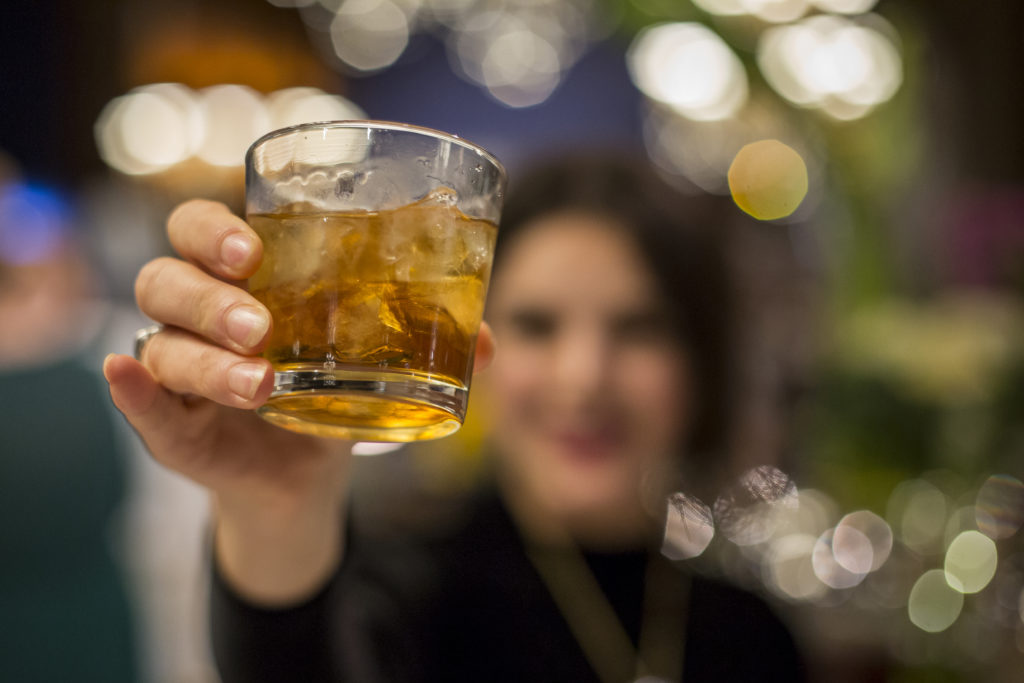Brooklyn whiskey-makers take a shot at the big leagues
Annual Whiskey Extravaganza lands at the Weylin Hotel

The Whisky Extravaganza, a national tour of spirit tastings, culinary pairings and masterclasses promising to “ignite your passion” for whiskey, arrives in the borough for the first time this Thursday.
Now in its 20th year, the gathering has been “fostering a broader and deeper appreciation” of whiskey in attendees by exposing them to brands from around the world in carefully “curated experiences,” according to promotional materials.
With previous stops at ritzy Manhattan outposts such as Gustavino’s, the Metropolitan Pavillion and The Union League Club, the Whisky Extravaganza of 2019 lands at the Weylin, the tony event space housed in the Williamsburgh Savings Bank building, which recently underwent a $27 million reimagining.

Brooklyn Boro
View MoreNew York City’s most populous borough, Brooklyn, is home to nearly 2.6 million residents. If Brooklyn were an independent city it would be the fourth largest city in the United States. While Brooklyn has become the epitome of ‘cool and hip’ in recent years, for those that were born here, raised families here and improved communities over the years, Brooklyn has never been ‘uncool’.